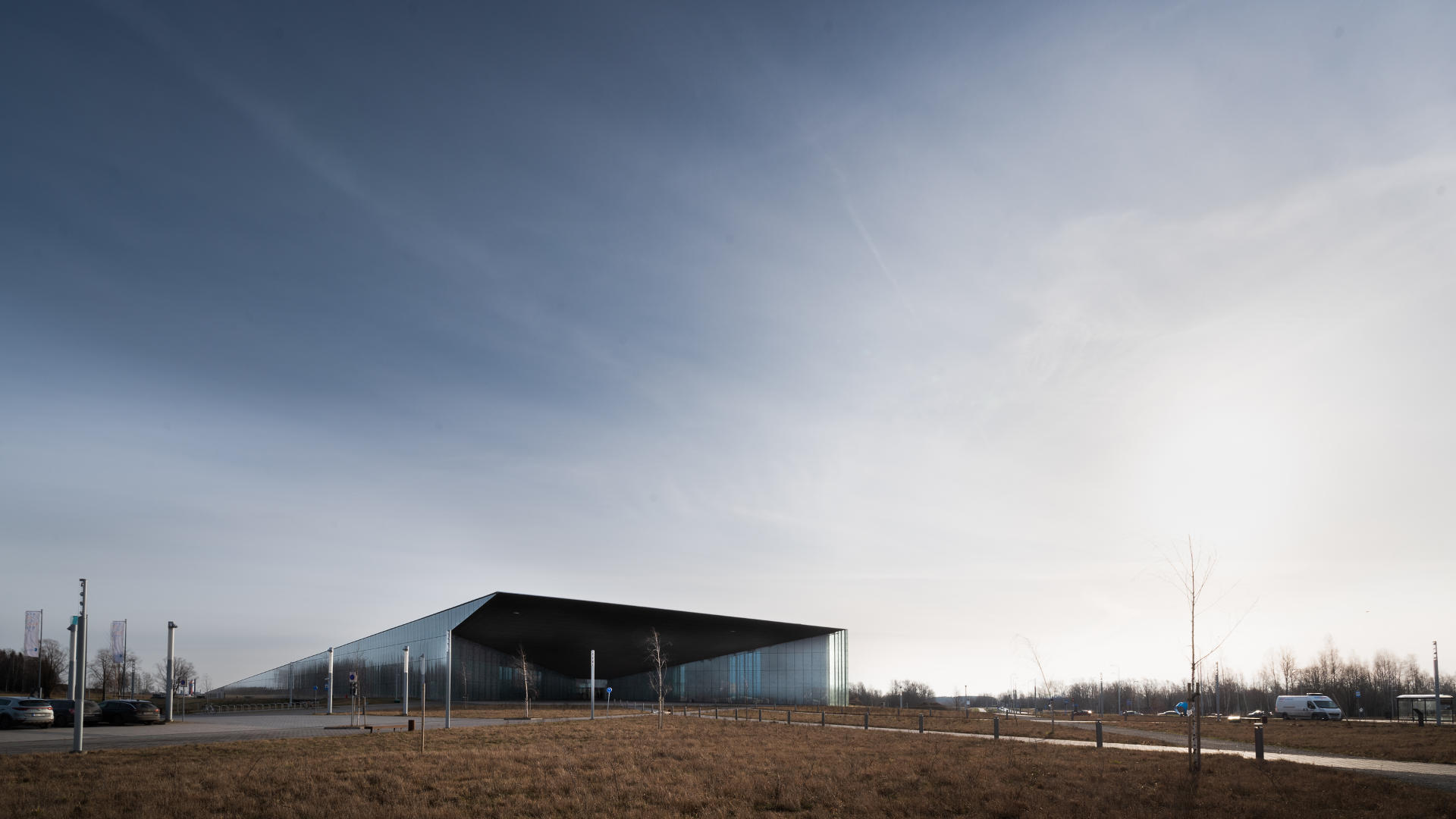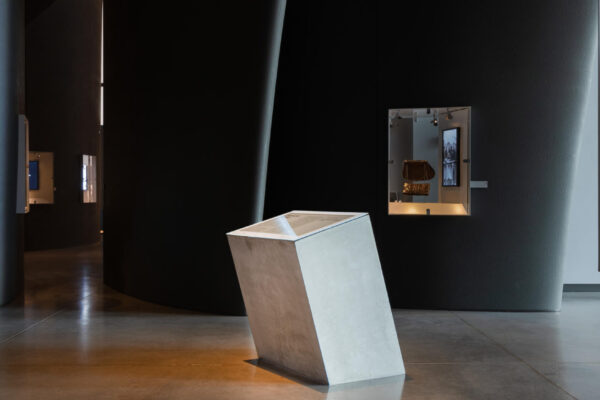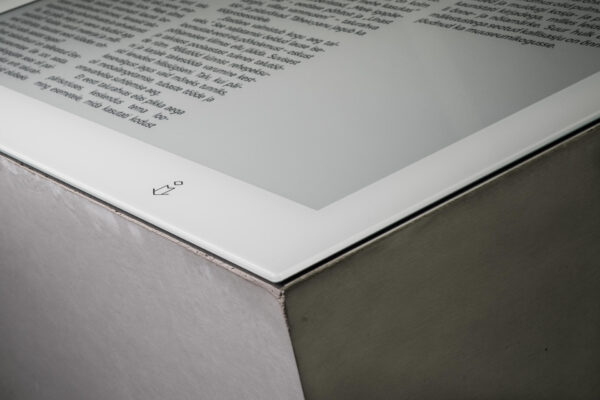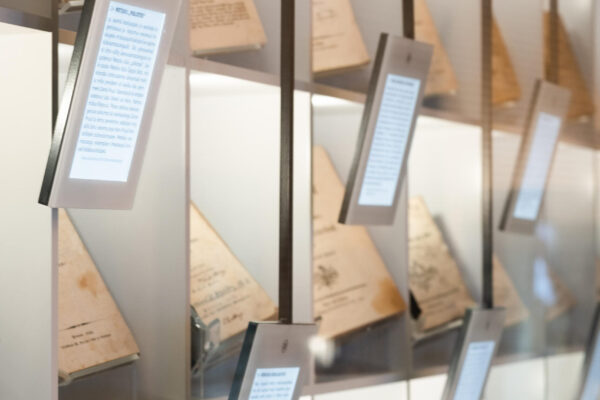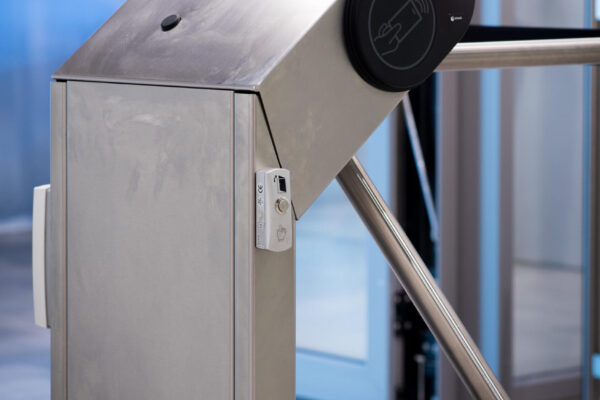PORTFOLIO
E Ink Displays for Museums, Exhibitions & Wayfinding
Low-power ePaper display devices with a content management system that are designed for multilingual exhibitions and wayfinding in museums, thus making it possible to provide personalized information to the visitors in their chosen language.
Technologies
- 6.8″, 9.7″, 32″ E Ink
- Power over Ethernet
- RFID/NFC
- ISO14443, ISO15693
- C/C++/Java Languages

Challenge
There are over 100,000 museums worldwide, attracting visitors from diverse linguistic backgrounds. Despite this global reach, most museums display exhibit information primarily in their local language, occasionally accompanied by one additional translation. These descriptions are often presented using static materials – such as printed cardboard, etched metal, or glass panels – which are costly and inflexible to update once installed.
Cultural institutions are increasingly seeking solutions that provide multilingual, dynamic content while maintaining a minimalist aesthetic that blends into the exhibit environment. The goal is to reduce visual clutter and ensure that visitors remain focused on the artifacts themselves.
While LCD screens may seem like a viable option for digital content delivery, their bright light emission and high power consumption make them unsuitable for sustainable, museum-grade display. A new approach is needed – one that delivers digital flexibility with the subtlety and energy efficiency required in curated spaces.
Solution

Specifications
Features
TBD
Processors
TBD
Power
TBD
Interfaces
TBD
Impact
”This is one of the first large-scale commercial deployments of E Ink’s signage in museums. It is a testament to the unique value proposition of E Ink’s display technology which can enable digital updates without taking any focus away from the artwork.
Harit DoshiHead of Signage Business at E Ink Corporation
About TintTech
About the Estonian National Museum
The Estonian National Museum was founded in 1909 on the initiative and with the support of the nation. Its main task was to protect and develop the history and culture of Estonia. Echoing the sentiments shared across many European countries, the museum’s early years were dedicated to the preservation of the vanishing peasant culture and the meticulous curation of artifacts essential to understanding Estonia’s cultural evolution. As the cultural landscape evolved, so too did the museum’s focus, pivoting towards the celebration and exploration of folk culture.
Until the difficult times of World War II, the Estonian National Museum served as the custodian of all facets of the nation’s heritage. Furthermore, it earned recognition as a revered institution of memory by the 1930s. Its esteemed status was further elevated through fruitful collaborations and exchanges with foreign nations, fostering a vibrant cultural dialogue that transcended borders.
Today, the museum continues to uphold its legacy of continuity and tradition, serving as a catalyst for cultural dialogue that bridges the chasm between the past and the future. As a modern cultural and tourist center, the Estonian National Museum invites every Estonian and visitor to take part in the nation’s unique cultural history.
